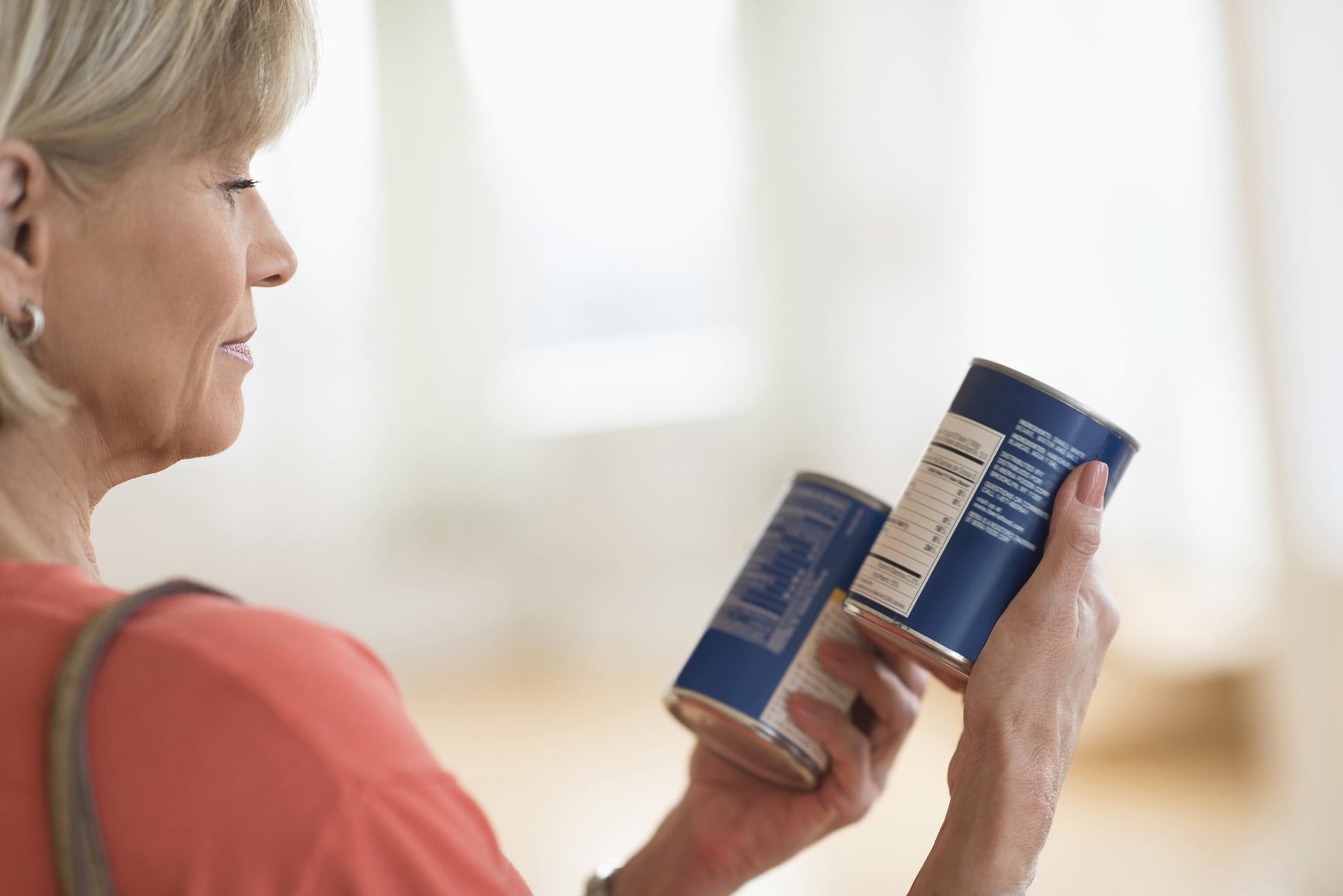
Most people glance quickly, but they rarely understand what they’re seeing. A number catches the eye. Calories. Sugar. Fat. Then they move on. But food labels carry more than numbers. They carry context. Understanding one line requires reading five. Labels weren’t made for ease. They were made for completeness. And what looks simple—often hides layers that change meaning entirely.
Serving size defines everything that follows, even if it feels unrealistically small
Serving size defines everything that follows, even if it feels unrealistically small. One cookie. Half a cup. A third of a bar. The numbers listed—calories, fat, sodium—only apply to that unit. Most people eat double. Sometimes triple. The label doesn’t warn you. It just calculates differently. Confusion begins here. Without adjusting mentally, the rest of the label misleads.
Calories are not the full story—they are a narrow measure of energy, not health
Calories are not the full story—they are a narrow measure of energy, not health. A label may say 200 calories. But from fat? From sugar? From fiber? Energy matters, but source defines impact. Two identical calorie counts can act differently in your body. One sustains. One spikes, then crashes. The number is a starting point, not a verdict.
Ingredients are listed in descending order, starting with the most by weight
Ingredients are listed in descending order, starting with the most by weight. This matters. Sugar listed first means heavy presence. Whole grains listed last may be cosmetic. A label saying “made with oats” may include oats as dust. The order reveals proportion. Skipping this part hides the truth of what you’re eating.
Multiple forms of sugar may be spread across the list to disguise volume
Multiple forms of sugar may be spread across the list to disguise volume. Cane sugar. Honey. Maltodextrin. Brown rice syrup. Each sounds different. But each adds to the total. Grouped together, sugar might be first. Split up, it drops lower. This trick makes the product seem healthier. But the body adds them up regardless of label order.
“Natural” and “organic” don’t mean the product lacks additives or sweeteners
“Natural” and “organic” don’t mean the product lacks additives or sweeteners. These terms refer to source, not outcome. A naturally derived preservative still preserves. An organic sweetener still sweetens. Labels use these terms to suggest purity. But they say little about sugar, fat, or salt. The word “natural” appears often—its meaning shifts with context.
% Daily Value helps estimate nutrient contribution, but assumes a 2,000-calorie diet
% Daily Value helps estimate nutrient contribution, but assumes a 2,000-calorie diet. Not everyone eats that amount. Athletes eat more. Children eat less. If a label says 20% calcium, that’s 20% of 2,000-calorie needs—not yours. Some nutrients, like fiber or vitamin D, are often too low. Others, like sodium, often run high. The percent doesn’t reflect ideal—it reflects average.
Ingredients like “partially hydrogenated oils” signal the presence of trans fats
Ingredients like “partially hydrogenated oils” signal the presence of trans fats. Even if the label says zero. That’s because under 0.5 grams per serving counts as zero. Eat enough servings, and you get more. Trans fats raise bad cholesterol. Their presence—even in trace amounts—matters. Ingredient lists reveal what numbers disguise.
The fewer the ingredients, the easier the product is to evaluate
The fewer the ingredients, the easier the product is to evaluate. Five or fewer often means less processed. Short lists tend to mean recognizable items. Oats. Almonds. Water. Long lists with chemical names often suggest added flavor, color, or texture agents. Simplicity doesn’t guarantee health—but complexity increases the need for scrutiny.
Marketing phrases on the front rarely match what’s hidden on the back
Marketing phrases on the front rarely match what’s hidden on the back. “Heart healthy” may still carry sodium. “Low fat” may increase sugar. “Light” may mean weight, color, or flavor—depending on regulation. The front draws the eye. But the back holds the truth. Always flip the package. Claims simplify. Labels clarify.
Fiber content is often overstated due to added synthetic fiber
Fiber content is often overstated due to added synthetic fiber. Inulin, polydextrose, chicory root extract. These ingredients bulk numbers. But they don’t always aid digestion. Natural fiber—found in whole grains, fruits, vegetables—performs differently. It supports gut health and blood sugar regulation. Added fibers sometimes pass without function. Read for type, not just total.
Sodium hides in processed foods, even ones that taste sweet
Sodium hides in processed foods, even ones that taste sweet. Cereal. Bread. Snack bars. Sodium preserves shelf life and enhances flavor. But it raises blood pressure subtly. Labels don’t always shout it. A product with “reduced sodium” still might be high. Compare similar items. The differences often surprise. Don’t trust taste to guide salt awareness.
Source: Dietician in Dubai / Dietician in Abu Dhabi
